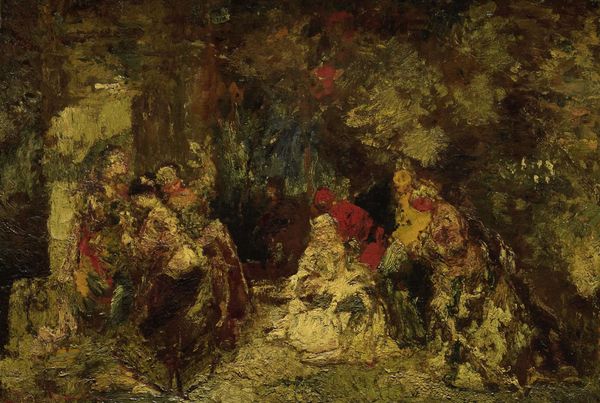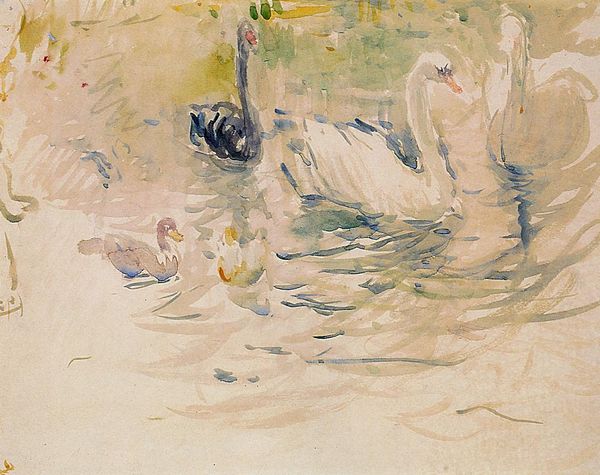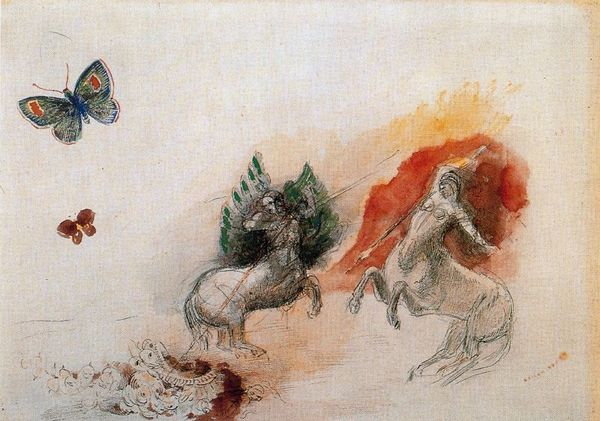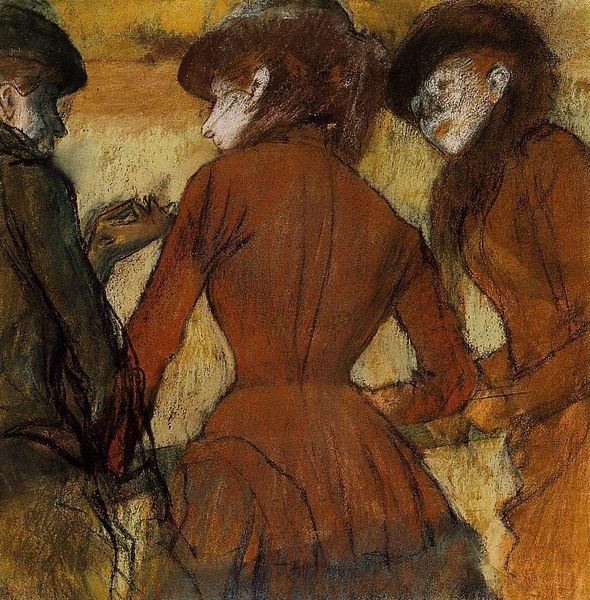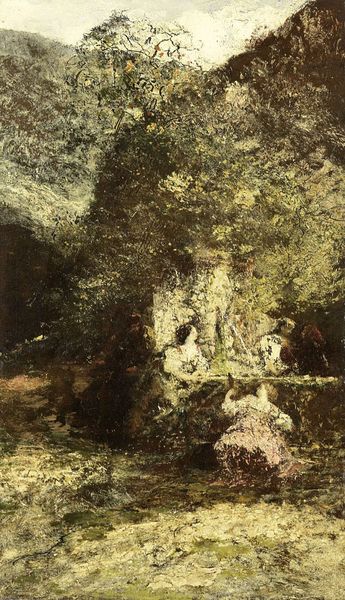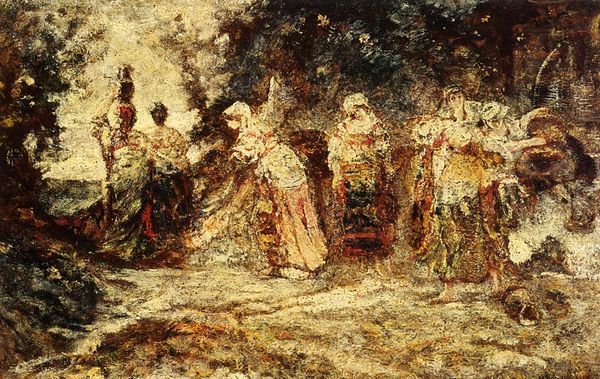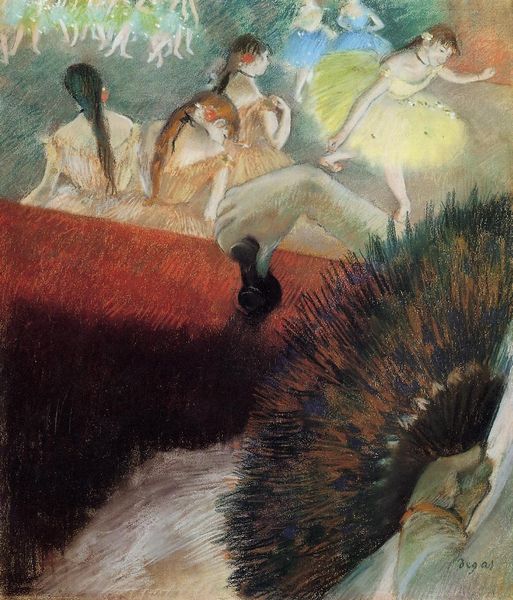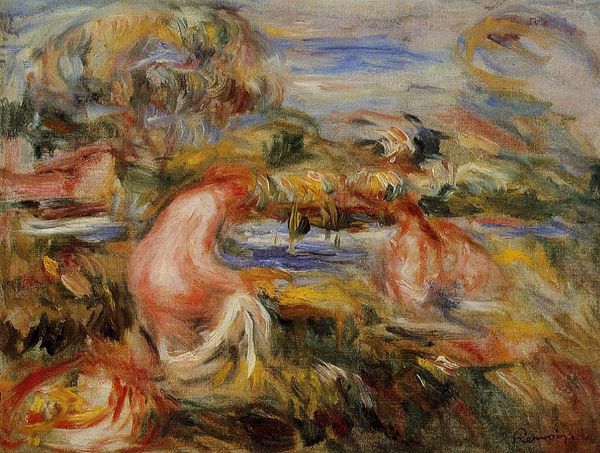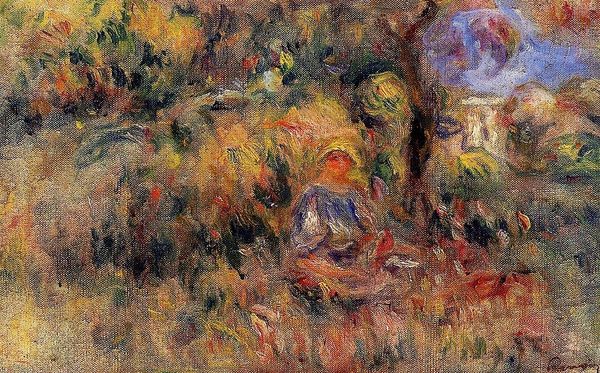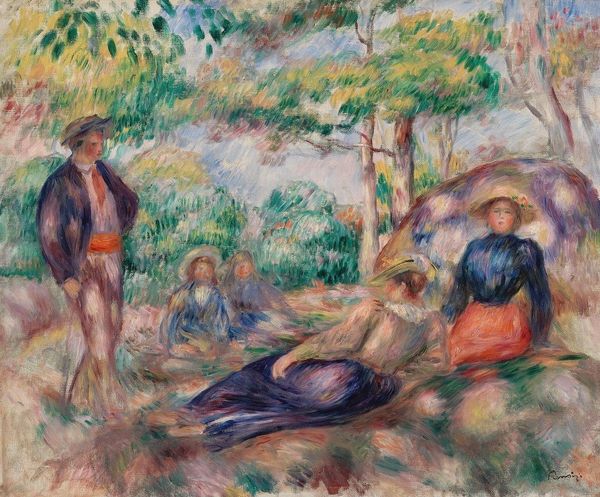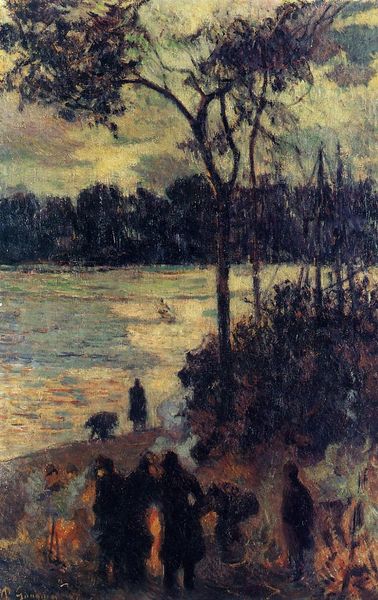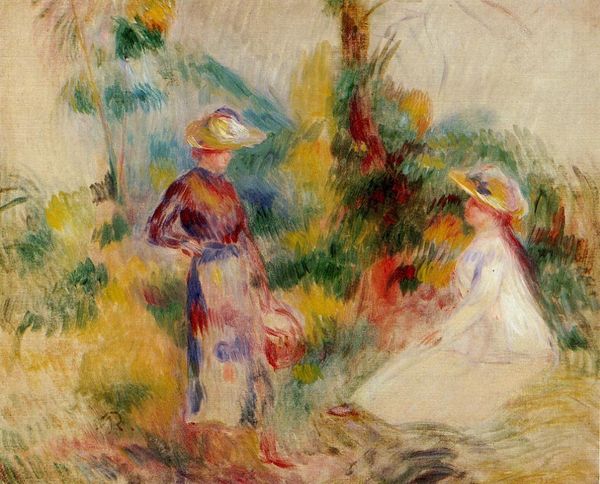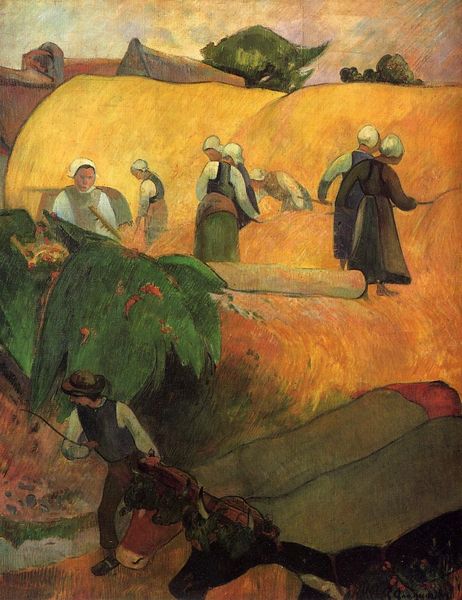
painting, oil-paint
#
portrait
#
painting
#
impressionism
#
oil-paint
#
impressionist landscape
#
group-portraits
#
genre-painting
Copyright: Public domain
Editor: Here we have Toulouse-Lautrec's "A Ball at the Moulin de la Galette" from 1889, rendered in oil paint. There's this incredible feeling of bustling energy, but it also feels somehow…isolated? What do you see in this piece? Curator: I see a captured moment in the collective unconscious of Paris. The Moulin de la Galette itself holds symbolic weight – a space of freedom and leisure, but also transience. Notice how Lautrec uses rapid brushstrokes. These marks aren't just descriptive; they suggest movement, a fleeting impression, and a psychological unease beneath the surface gaiety. Editor: Psychological unease? Curator: Think about the context. Late 19th-century Paris was a hotbed of social change, anxieties about class, and the spectacle of modern life. Lautrec, often an outsider himself, depicts the alienation and artificiality within these social gatherings. See how the faces lack distinct features, they become types, symbols. Editor: I guess I was so focused on the impressionistic style, I missed that. Are there specific symbols to look for? Curator: Consider the positioning of figures – their gaze, posture. The woman in the foreground, are we invited into her world, or is she just another part of the performance? Ask yourself: what does her attire or the way she carries herself say? Editor: That makes me see this less as a fun snapshot and more of a critical observation. I'll definitely remember this way of digging into the symbolism of his brushstrokes! Curator: Indeed! It reminds us to explore how art mirrors not just reality, but our shared and often complicated understanding of it.
Comments
No comments
Be the first to comment and join the conversation on the ultimate creative platform.
